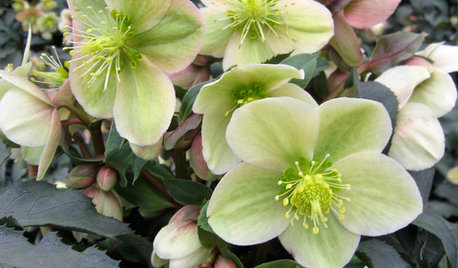Variegated Fritillary
TreeRoots
10 years ago
Related Stories

WINTER GARDENINGGreat Design Plant: Gold Collection Hellebores Perform Like Stars
Exciting colors, longer bloom times, forward-facing flowers ... These hybrids leave old hellebores in the dust
Full Story
GROUND COVERSNative Alternatives to English Ivy, Japanese Pachysandra and Periwinkle
These shade-loving ground covers are good for the environment and say something about where you are
Full Story






MissSherry
Leafhead
Related Professionals
Rancho Cordova Landscape Architects & Landscape Designers · East Chicago Landscape Contractors · Fishers Landscape Contractors · Lees Summit Landscape Contractors · Norwalk Landscape Contractors · Paterson Landscape Contractors · Teaneck Landscape Contractors · Ashland Fence Contractors · Bixby Fence Contractors · Carmichael Fence Contractors · Homestead Fence Contractors · Wauconda Fence Contractors · Winnetka Fence Contractors · Clark Window Contractors · Mount Vernon Window Contractorsbernergrrl
Leafhead
TreeRootsOriginal Author
bernergrrl
TreeRootsOriginal Author
Leafhead
TreeRootsOriginal Author
Leafhead
TreeRootsOriginal Author
Leafhead